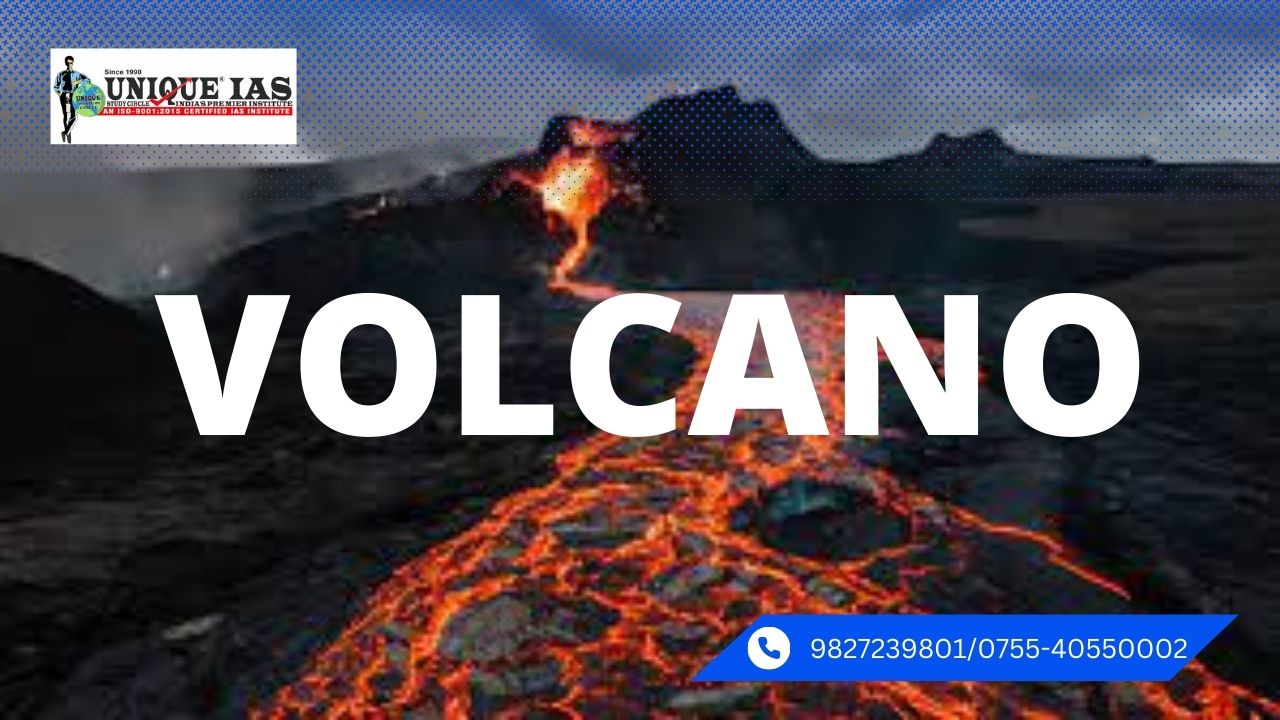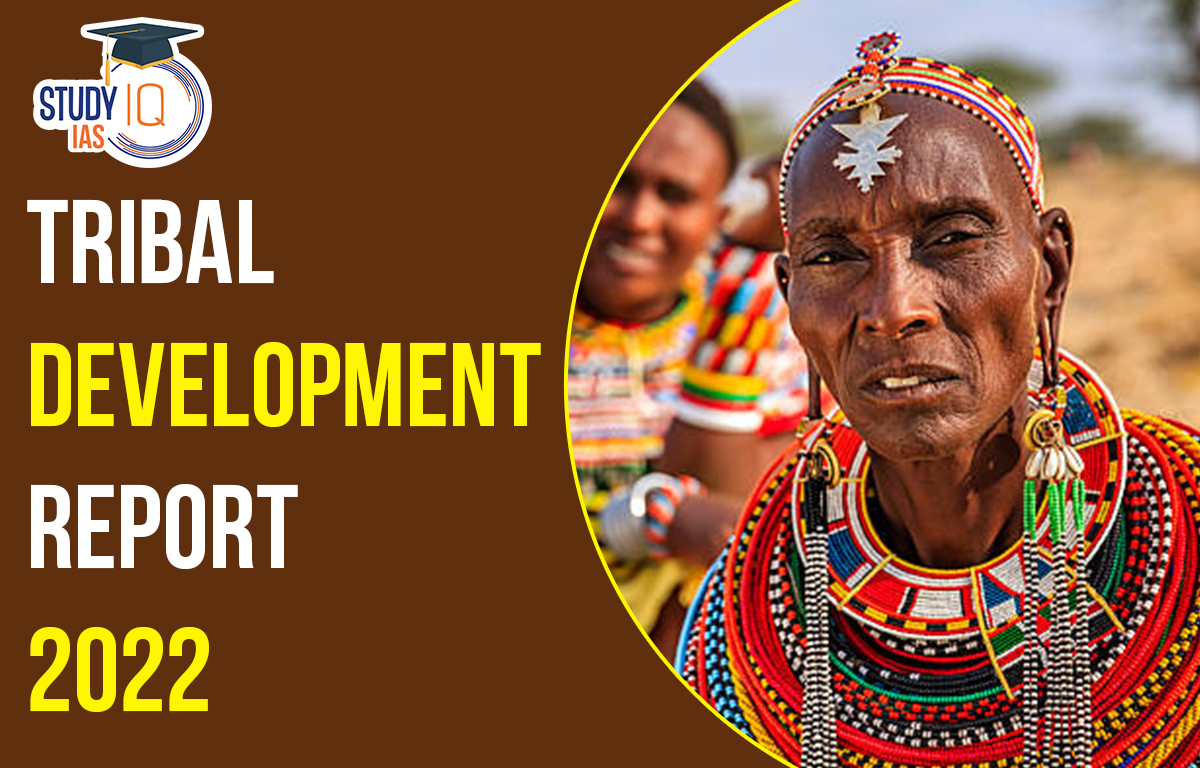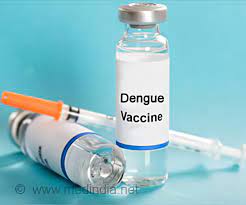India’s Geographical Features-भारत की भौगोलिक विशेषताएं
India i.e. Bharat is the 7th largest country of the world. It occupies 2.5% area of the world. Its total
geographical area is 32,87,263 sq. km.
Its total land frontier is 15,200 km. Its total coast line is 7,516 km.
The coastline is distributed among nine states and four union territories (UTs). .
India’s longest coastline is of Gujarat. Among the UTs, Andaman and Nicobar Islands has the longest coastlin
Indian States which do not have an international border or lie in the coast-
The States are 5 as follows:
(i) Madhya Pradesh(ii) Haryana(iii) Chattisgarh(iv) Jharkhand, (v) Telangana NOTE: Delhi even though it is an union territory is land-bound on all sides.
Landlocked States –
Land-locked States in India are: fallowing 19-
Arunanchal Pradesh, Assam, Bihar, Chhatisgarh, Haryana, Himachal Pradesh, Jharkhand, Madhya Pradesh, Manipur, Meghalaya, Mizoram, Nagaland, Rajasthan, Sikkim, Telengana ,Tripura, Uttar Pradesh and Uttarakhand .
India’s longitudes & latitudes are as follows –
-8 º4 º N to 37 º 6 N – latitudes ,
-68 º 7 E to 97 º 25 E - longitudes.
India’s southern most tip is Indira point which is situated at Great Nicobar.
Indira Point, the southernmost tip of India-
Indira Point was formerly known as Pygmalion Point and it was so named by the late Rajiv Gandhi after his mother on a visit to the Andaman and Nicobar Islands.
Southernmost Islands- Indira Point
Great Nicobar island is the southernmost point of land in the territory of India. It is at 6o 45' N latitude.
A large part of the Indira point was submerged under the sea due to the tsunami generated by the 2004 Indian Ocean earthquake. The sea is now slowly retreating back to its original position.
Indira Point is also a favourite nesting site for exotic sea animals.
|
How the name India ,Hind ,Hindustan ,Bharat ..were derived? -The name of India is a corruption of the word Sindhu. -The term Sindhu is derived from Sindon which means cotton . -Persians uttered ‘s’ as ‘h’ and called this land Hindu. -Greeks pronounced this name as Indus. -The people/culture/civilization living around Sindhu came to be known as “Sindhu”. The Persian traders started pronouncing it “Hindus”. The land of “Hindus” hence came to be known as Hindustan. -The term Bharat’ came from a Sanskrit from Rigveda which means a tribe which has conqured the battle of 10 kings. |
Territorial waters :
Political sovereignty-
Out to 12 nautical miles from the baseline, the coastal state is free to set laws, regulate use, and use any resource.
Vessels were given the right of innocent passage through any territorial waters, with strategic straits allowing the …..passage of military craft as transit passage, in that naval vessels are allowed to maintain postures that would be illegal in territorial waters.
"Innocent passage" is defined by the convention as passing through waters in an expeditious and continuous manner, which is not "prejudicial to the peace, good order or the security" of the coastal state.
[1 Nm = 1.85km-MPPSC-Exam].
EEZ –
Exclusive Economic Zone India’s EEZ is up to 370 km in the sea. It stretches from the baseline out to 200 nautical miles (nmi) from its coast /Baseline .
India petitioned United Nations for increasing Indian EEZ from 200 nautical miles to 350 nautical miles. Extension of EEZ from 200 to 350 nautical mile will almost double India's present EEZ.
UNCLOS permits extension of EEZ beyond the usual 200 nautical miles limit, to a maximum of 350 nautical miles.
For the integrated management and mapping of the EEZ, India's Ministry of Earth Sciences is the Nodal ministry
|
The United Nations Convention on the Law of the Sea (UNCLOS) The United Nations Convention on the Law of the Sea (UNCLOS), also called the Law of the Sea Convention or the Law of the Sea Treaty, is an international agreement that establishes a legal framework for all marine and maritime activities. |
Contagious zone –
A band of water extending from the outer edge of the territorial sea to up to 24 nautical miles ahead to out political Sovereignty but measured from baseline .
Mean Higher High Water (MHHW) – Mean of higher high water heights during current NTDE(The National Tidal Datum Epoch ).
Mean High Water (MHW) – Mean of all high water heights observed during current NTDE.
Mean Low Water (MLW) – Mean of all low water heights observed during current NTDE.
There are officially 247 islands in India. 204 islands are in Bay of Bengal & 43 islands are in Arabian Sea.
India is 27.7% Plateau, 18.6% hilly, 10.7% Mountainous & rest 43 % are the plains./(30 % Mountains 27.7% Plateaus 43.2% Plains)
India’s International (Political) Boundary-
1-India’s International (Political) Boundary with China is 4,224 km,
2- India and Bangladesh (4,156 kilometres)
3- India’s boundary with Pak is 3,323 km
4- India and Nepal (1770 kilometres)
5- India and Myanmar (1643 kilometres)
6- India and Bhutan (699 kilometres)
7- India and Afghanistan (106 kilometres)
India is divided into 28 states, 8 union territories, (1 national capital territory.)
-Rajasthan is the largest state of India followed by Madhya Pradesh, Maharashtra, UP.
- UP is the most populous state of India followed by Maharashtra, Bihar, and West Bengal.
Westernmost Point of India-
West of Ghuar Mota in Gujarat is the westernmost point of India. Its Latitude/Longitude is 23.67 N/ 68.52 E. Ghuar Mota is in the Kutch region of Gujarat. Other cities located near Ghuar Mota are: Koteshwar, Mudia, Panadra, Pipar, Ber Mota, Ber, Lakhpat, and Lakhpal.
Geographically, India is divided into the following 3 parts:-
1] The Himalayas.
2] The Peninsular India
3]The plains.
We will discuss it in the next chapter.
Himalaya, Eastern Ghats, Western Ghats, Vindhya, Satpura, Aravalli ranges are the main mountain ranges of India.
K-2 is the highest mountain peak of India (A part of POK).
Kanchenjunga (Sikkim)is the highest mountain peak of India under the control og Indian hovernment.
Deccan Plateau is the largest plateau of India.
Ladakh plateau is the highest plateau of India.
Great Nicobar is the largest island of India and …
Majuli is the largest river island (Brahmputra)of world located in Assam, India.
India has only one dessert which is the Thar dessert. It is located in the state Rajasthan.
Ganges is the longest river of India. Its length is 2525 Km and about 2010 Km of its length is flown from India.
Indian rivers are classified into- North Indian Rivers (Ganges, Indus, Brahmaputra, Luni) and South Indian Rivers (Krishna, Kaveri, Godavari, Narmada).
Ganges is the main river of North India and Godavari is the main river of South India.
|
Q. Comment on the resource potentials of the long coastline of India and highlight the status of natural hazard preparedness in these areas. (250 words) (15 marks) IAS MAINS 2023 |
------------------------------------




.jpg)
.jpg)
.jpg)
.jpg)
.jpg)





